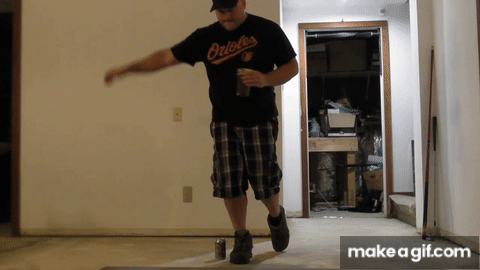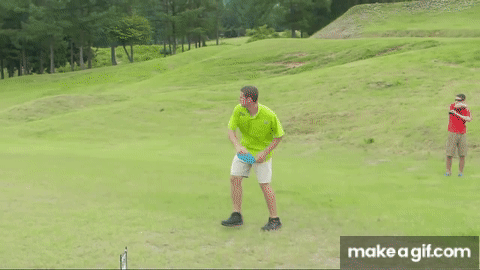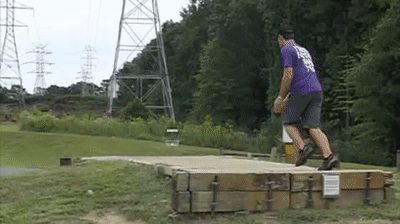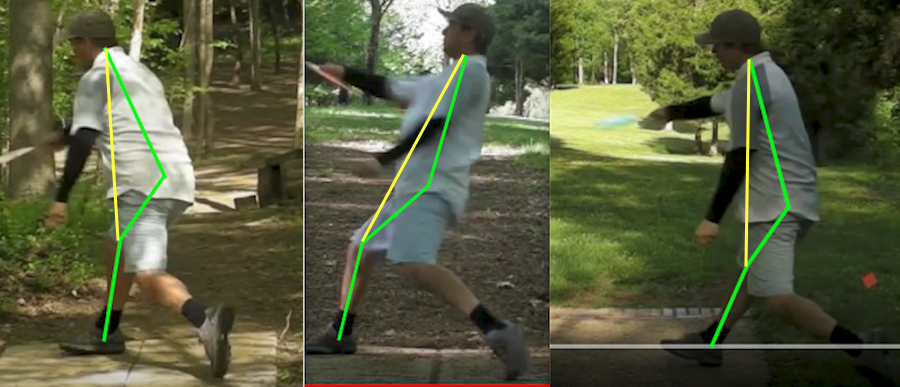I saw a new video recently about disc pivot from Bradley Walker as I've been thinking about form and rebuilding my own.
https://www.youtube.com/watch?v=Bfzo_wMCwvo&ab_channel=Spin&ThrowDiscGolf
This video seems contradictory to Blake T's teaching from back in the day.
The Myth of Disc Pivot Thread
https://www.dgcoursereview.com/dgr/forums/viewtopic.php?t=24903
I understand what Bradley Walker is talking about though. Loosely pivoting the disc can greatly accelerate it, but it makes it much less controllable since it seems to be micro-rounding at the wrist instead of with the arm. Maybe people here have thoughts about this.
I'm trying to figure out and generate snap, but it seems that not many people have talked about it recently. I've read through a lot of the old DGR threads about it, but it seems that Blake T's incomplete technique was never completed. Anyone have any thoughts on how to generate snap? Or is it just a function of getting your lower body in the right positions? Are you supposed to activate your arm when the disc reaches the power pocket? I have trouble consciously trying to snap the disc because it feels like the swing is too fast to even think about it. How have you all been able to generate snap or the hit? It seems to be a difficult concept to grasp and explain/teach.
https://www.youtube.com/watch?v=Bfzo_wMCwvo&ab_channel=Spin&ThrowDiscGolf
This video seems contradictory to Blake T's teaching from back in the day.
The Myth of Disc Pivot Thread
https://www.dgcoursereview.com/dgr/forums/viewtopic.php?t=24903
I understand what Bradley Walker is talking about though. Loosely pivoting the disc can greatly accelerate it, but it makes it much less controllable since it seems to be micro-rounding at the wrist instead of with the arm. Maybe people here have thoughts about this.
I'm trying to figure out and generate snap, but it seems that not many people have talked about it recently. I've read through a lot of the old DGR threads about it, but it seems that Blake T's incomplete technique was never completed. Anyone have any thoughts on how to generate snap? Or is it just a function of getting your lower body in the right positions? Are you supposed to activate your arm when the disc reaches the power pocket? I have trouble consciously trying to snap the disc because it feels like the swing is too fast to even think about it. How have you all been able to generate snap or the hit? It seems to be a difficult concept to grasp and explain/teach.








